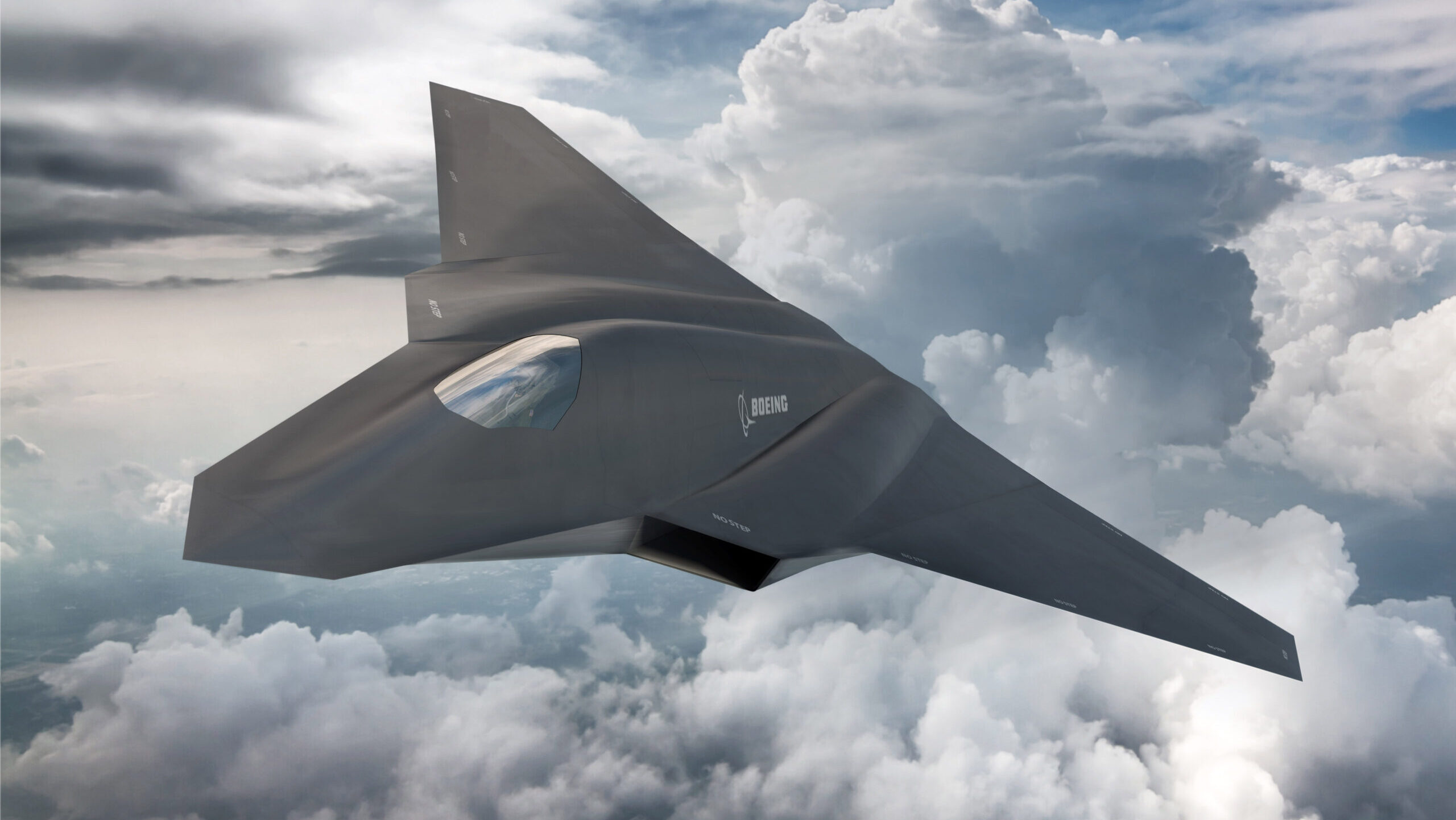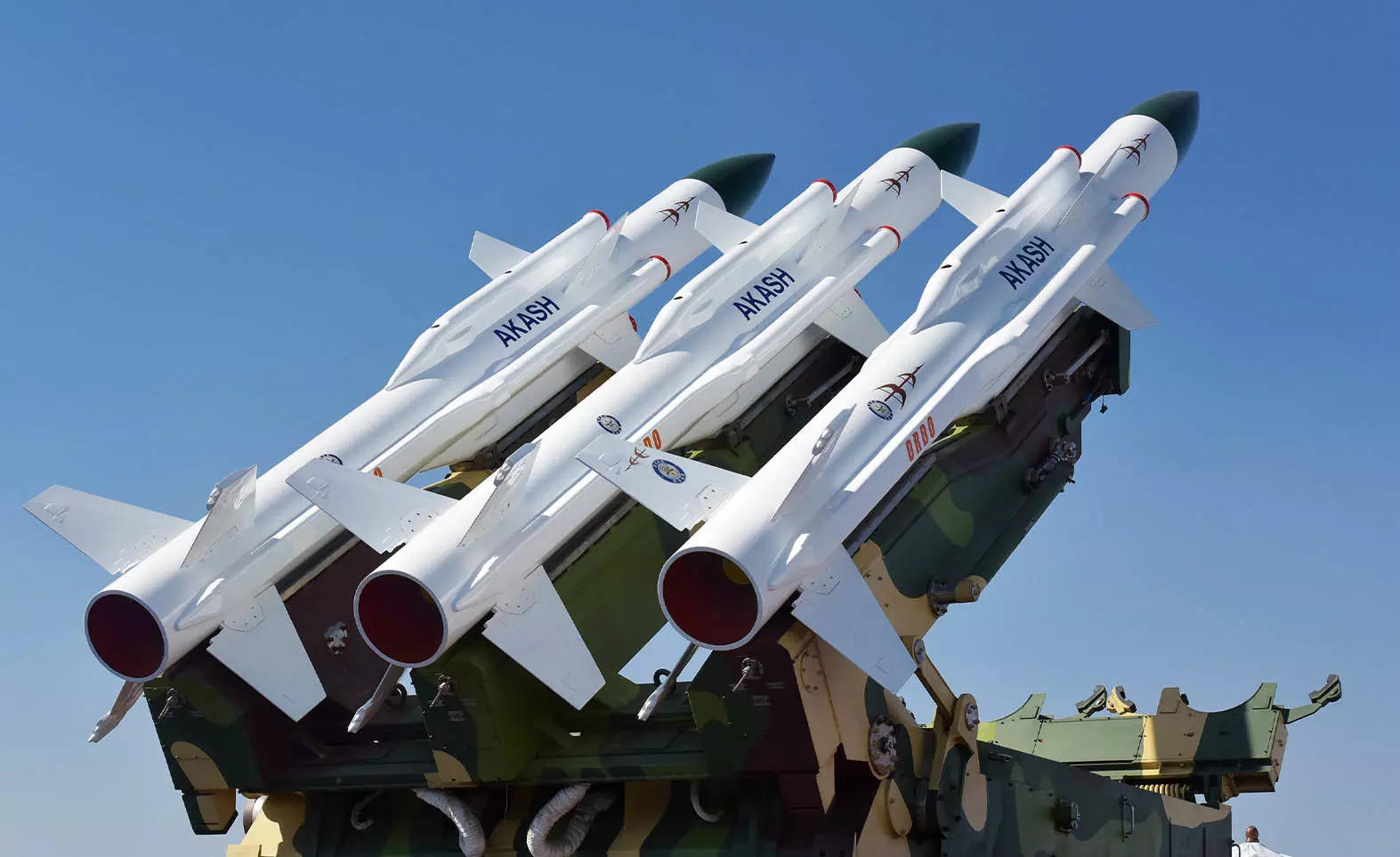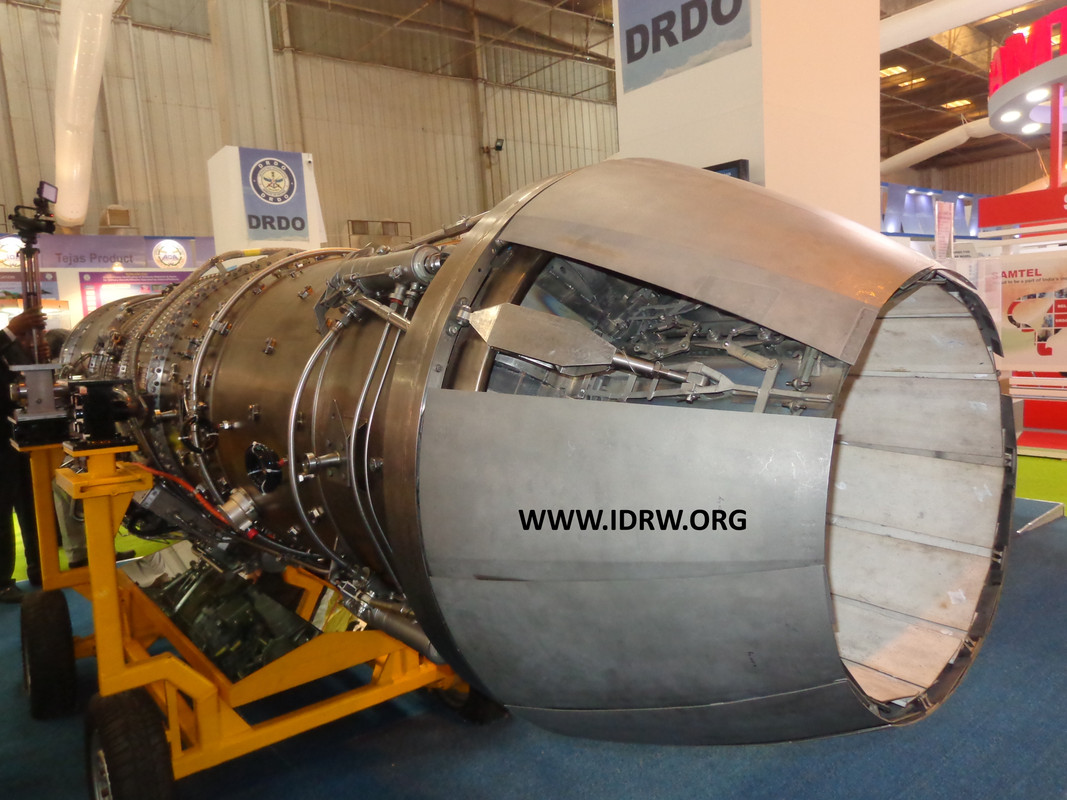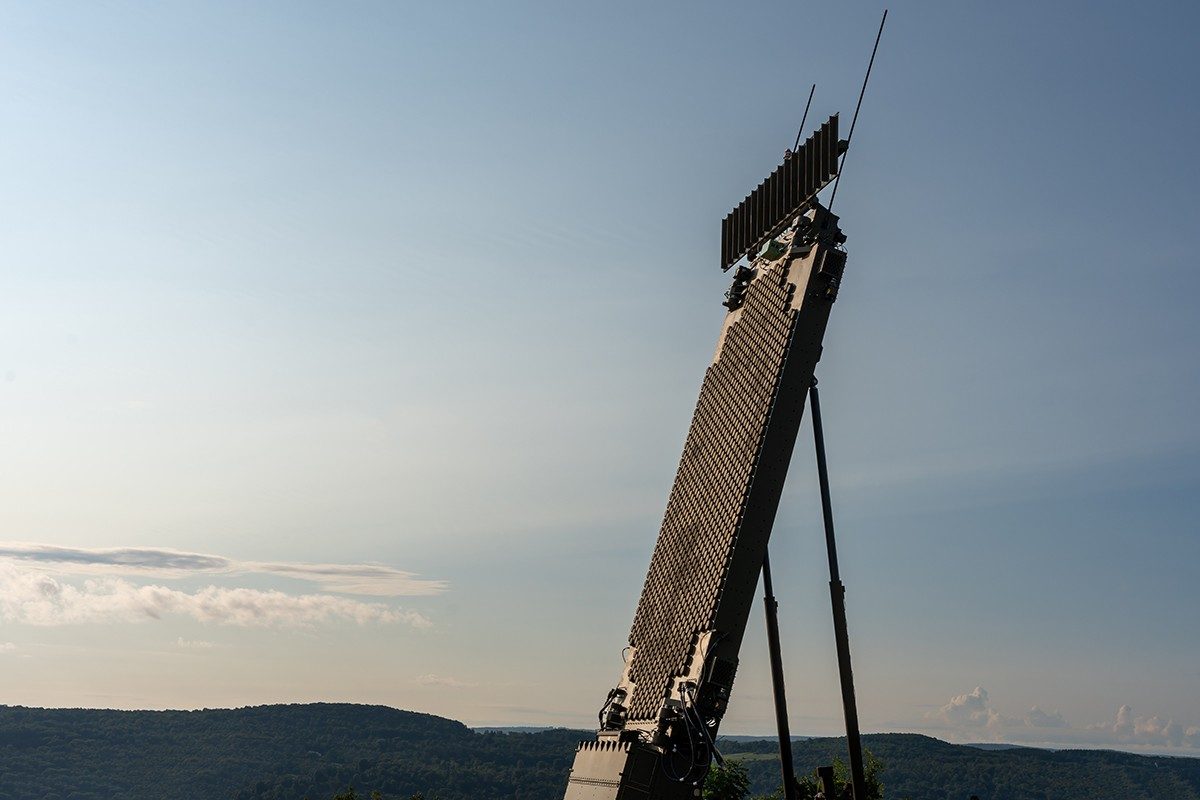SOURCE: IDRW.ORG


In a move aimed at enhancing its at-sea refueling capabilities, the Indian Navy has issued a Request for Proposal (RFP) to lease one Product Tanker for a duration of two years and six months. This strategic decision is to ensure continuous operational readiness of Indian Naval (IN) ships during their missions at sea.
The tanker will be leased for 2.5 years specifically for the refueling of IN ships while they are underway, a critical aspect of naval operations that extends the reach and endurance of the fleet.
Continue readingSOURCE: AFI


The Indian Air Force’s (IAF) quest for a robust, modern fighter jet fleet has been a topic of intense discussion, particularly with regards to the Tejas MkII. While officially designed as a 4.5 generation fighter, a significant portion of the defense community on X has argued that the Tejas MkII should have been developed as a single-engined, fifth-generation stealth fighter, drawing inspiration from the Advanced Medium Combat Aircraft (AMCA) program.
Proponents argue that a single-engine design would significantly reduce costs compared to the twin-engine configuration of the AMCA. This would not only make the aircraft more affordable for the IAF but potentially increase its export appeal in the international market.
Continue readingSOURCE: AFI


In a recent discussion, Air Marshal Anil Chopra, a distinguished expert in air power, shed light on the transformative design principles expected in sixth-generation fighter aircraft. One of the most radical changes he highlighted is the move towards tailless configurations, marking a significant departure from traditional aircraft design.
Chopra explained that the primary motivation behind removing the tail from future jets is to enhance stealth capabilities. “All sixth-generation aircraft will be minus the tail,” he stated, emphasizing that tails contribute significantly to radar reflections. Stealth technology aims to minimize these reflections, making aircraft less detectable by enemy radar systems.
Continue readingSOURCE: AFI


In the annals of India’s defence sector, 2024 has been etched as a year of unprecedented success, marked by a significant surge in defence exports. This year has not only seen a quantum leap in the value of exports but also an expansion in the geographical spread and diversity of products, cementing India’s position on the global stage as an emerging defence powerhouse.
The fiscal year 2023-24 witnessed Indian defence exports touching an all-time high of approximately Rs 21,083 crore (around US$ 2.63 billion), marking a 32.5% increase from the previous year. This growth trajectory reflects a 31-fold increase over the last decade, highlighting the effectiveness of India’s policy reforms and the ‘Make in India’ initiative under Prime Minister Narendra Modi’s leadership.
Continue readingSOURCE: AFI


2024 has been a year marked by significant hurdles for Hindustan Aeronautics Limited (HAL) as it grapples with the production of the Tejas Mk1A fighter jet. Despite high expectations and the strategic importance of this project for both the Indian Air Force (IAF) and India’s indigenous defence manufacturing, HAL has faced criticism due to delays and inefficiencies.
The Tejas Mk1A, an advanced variant of the Light Combat Aircraft (LCA) Tejas, was expected to bolster the IAF’s combat capabilities with its enhanced avionics, radar systems, and increased weapon-carrying capacity. However, HAL’s production has been plagued by several issues.
Continue readingSOURCE: AFI


Former US Navy fighter pilot C.W. Lemoine, known for his experience with the F-16 and F-18, recently shared his insights on what appears to be China’s sixth-generation fighter jet after reviewing a much-discussed video that surfaced online. This aircraft, heralded by some as a game-changer in air combat, has sparked significant debate over its design and intended role.
Lemoine’s first observation was the sheer size of the aircraft. “This thing is huge,” he remarked, suggesting it might be more akin to a JH (fighter-bomber) than a traditional fighter jet. The absence of a tail, a design choice for reducing radar cross-section, was immediately noticeable. “There’s no tail; it’s just these fins,” he noted, emphasizing the stealth-focused design where minimizing radar reflections is paramount.
Continue readingSOURCE: RAUNAK KUNDE / NEWS BEAT / IDRW.ORG


The Gas Turbine Research Establishment (GTRE), the Indian defence research body responsible for developing Indigenous jet engines, is actively pursuing a significant leap in India’s defence capabilities. Speaking to idrw.org on the condition of anonymity, a GTRE official revealed that once the Dry Kaveri+ Afterburner section is successfully tested on a flying testbed, GTRE will propose a government funding request for the development of a 90 kN engine. This new engine, an enhanced variant of the current Kaveri engine, is aimed at replacing the F-404 engines on the Tejas Mk1A fighter jets within the next decade.
The primary objective behind this development is to create a new generation of Kaveri engines capable of generating 20-25% more thrust than the existing Dry Kaveri engine. This increase in power will be achieved by refining the core of the Kaveri engine, which is currently under development. Once the enhanced core is validated, it will be coupled with a new afterburner section, enabling the engine to generate 90 kN of thrust, making it a capable replacement for the F-404 engines currently powering the Tejas Mk1A fleet.
Continue readingSOURCE: RAUNAK KUNDE / NEWS BEAT / IDRW.ORG


Bharat Earth Movers Limited (BEML), a key player in India’s defence and heavy engineering sectors, is taking significant steps towards indigenizing high-performance engines with its DATRAN 1500HP project. The company has announced plans to send the third prototype of the DATRAN 1500HP engine to the UK for an extensive calibration and testing phase, marking a pivotal moment in India’s journey towards self-reliance in defence manufacturing.
The DATRAN 1500HP engine, currently under development, is set to undergo a rigorous process in the UK. It will see the engine fine-tuned for optimal performance, ensuring it meets the stringent requirements of military applications. Calibration in the UK leverages the advanced facilities and expertise available there for such specialized tasks.
Continue readingSOURCE: RAUNAK KUNDE / NEWS BEAT / IDRW.ORG


An Indian Air Force (IAF) official has dismissed claims that the incoming Trump administration in the United States would pressure India to procure American fighter jets for its Medium Role Fighter Aircraft (MRFA) program. Speaking to idrw.org, the official clarified that all foreign fighter jets competing in the MRFA tender would be evaluated on a level playing field, without any undue political influence favoring U.S.-made aircraft.
This statement comes in response to a report by an American-owned Indian website that speculated the Trump administration might use its political leverage to push for the selection of one of the three U.S.-origin combat aircraft in contention for the MRFA contract. The report suggested that such a move could serve as “blood money” to diplomatically resolve the politically sensitive Pannun dispute, currently under legal proceedings in a New York court. It implied that the U.S. might firewall Indian officials and leaders from allegations in exchange for a favourable decision in the MRFA tender.
Continue readingSOURCE: AFI


India’s plans to procure 114 Multi-Role Fighter Aircraft (MRFA) under the 4.5-generation category are increasingly being scrutinized in light of rapidly evolving regional threats. With China already fielding approximately 200-250 fifth-generation J-20A fighters and reportedly having another 200 in the pipeline, as well as unveiling its sixth-generation strike aircraft prototype, the Indian Air Force (IAF) faces a stark reality. Continuing to invest in 4++ generation fighters could leave India at a severe technological disadvantage.
The MRFA tender initially envisioned acquiring advanced 4.5-generation fighters to bolster the IAF’s depleting squadron strength. However, these aircraft may not provide the edge required in a battlefield increasingly dominated by fifth-generation platforms and beyond.
Continue readingSOURCE: AFI


In a significant step towards enhancing India’s aerospace capabilities, the Gas Turbine Research Establishment (GTRE) has made substantial progress with the construction of its 130kN Twin Engine Test Bed Facility at Rajankunte, Bengaluru. This facility, now nearing completion, is set to play a pivotal role in the development of critical engine projects such as the dry Kaveri engine and the engine for the Advanced Medium Combat Aircraft (AMCA).
The new test bed facility is designed to accommodate engines with thrust levels up to 130kN, providing a platform for rigorous testing and validation of high-performance jet engines. The construction, which commenced with groundwork in September 2023 following consultancy work in July of the same year, is part of a broader initiative by the DRDO to bolster India’s self-reliance in aerospace technology.
Continue readingSOURCE: AFI


The Defence Research and Development Organisation (DRDO) has successfully integrated an indigenous Radio Frequency (RF) seeker in the Long-Range Anti-Ship Missile (LRAShM), showcasing India’s growing technological prowess in advanced missile systems. The seeker, an X-band Radar Imaging Synthetic Aperture Radar (SAR) with monopulse homing capability, has been designed and developed by the Electronics Corporation of India Ltd (ECIL), marking a significant milestone in India’s defense manufacturing ecosystem.
The RF seeker used in the LRAShM shares its technological lineage with the one developed for the BrahMos cruise missile. This continuity underscores India’s efforts to leverage indigenous expertise to optimize costs, reduce dependence on foreign suppliers, and achieve self-reliance in critical technologies.
Continue readingSOURCE: AFI


In a move to strengthen the security along India’s extensive borders, the Border Security Force (BSF) has formally approached the Ministry of Home Affairs for permission to procure Medium Altitude Long Endurance (MALE) Unmanned Aerial Vehicles (UAVs). These drones are aimed at bolstering the force’s surveillance capabilities, particularly in the challenging terrains and riverine areas where traditional methods fall short.
The request comes in the backdrop of increasing instances of cross-border infiltration, smuggling, and other illicit activities that have often exploited the vulnerabilities in border surveillance. MALE UAVs, with their ability to fly at medium altitudes for extended periods, provide a strategic advantage by offering persistent aerial surveillance over vast and often inhospitable border regions.
Continue readingSOURCE: IDRW.ORG


As stealth fighter jets are expected to become a routine feature near India’s borders, the Indian Air Force (IAF) is stepping up efforts to bolster its radar capabilities. Both China and Pakistan are projected to field stealth aircraft in significant numbers in the coming years, posing new challenges to India’s air defense network. To counter this evolving threat, the IAF is focusing on deploying advanced radars that operate in the Ultra High Frequency (UHF) and Very High Frequency (VHF) bands, which are effective at detecting stealth aircraft.
An IAF official, speaking to idrw.org, emphasized the importance of early detection systems, stating, “These radars will play a crucial role in identifying stealth aircraft and mitigating potential misadventures.”
Continue readingSOURCE: IDRW.ORG


The Indian Air Force (IAF) is poised to enhance its strategic capabilities with the local production of the Crystal Maze 2, also known as ROCKS, a medium-range ballistic missile developed by Israel. This missile, which has been integrated into the IAF’s Su-30MKI, MiG-29UPG, and Jaguar aircraft, represents a significant step forward in India’s defense strategy, particularly in air-to-surface engagements.
The Crystal Maze 2 is engineered for precision strikes, targeting high-value assets critical to enemy operations. With a strike range exceeding 250 kilometers, this missile allows for engagement at distances that keep the launch aircraft safely out of harm’s way. Its design is particularly adept at operating in GPS-denied environments, a crucial feature in contemporary warfare scenarios where adversaries might employ electronic warfare techniques or establish anti-access/area denial (A2AD) zones to thwart incoming threats.
Continue reading